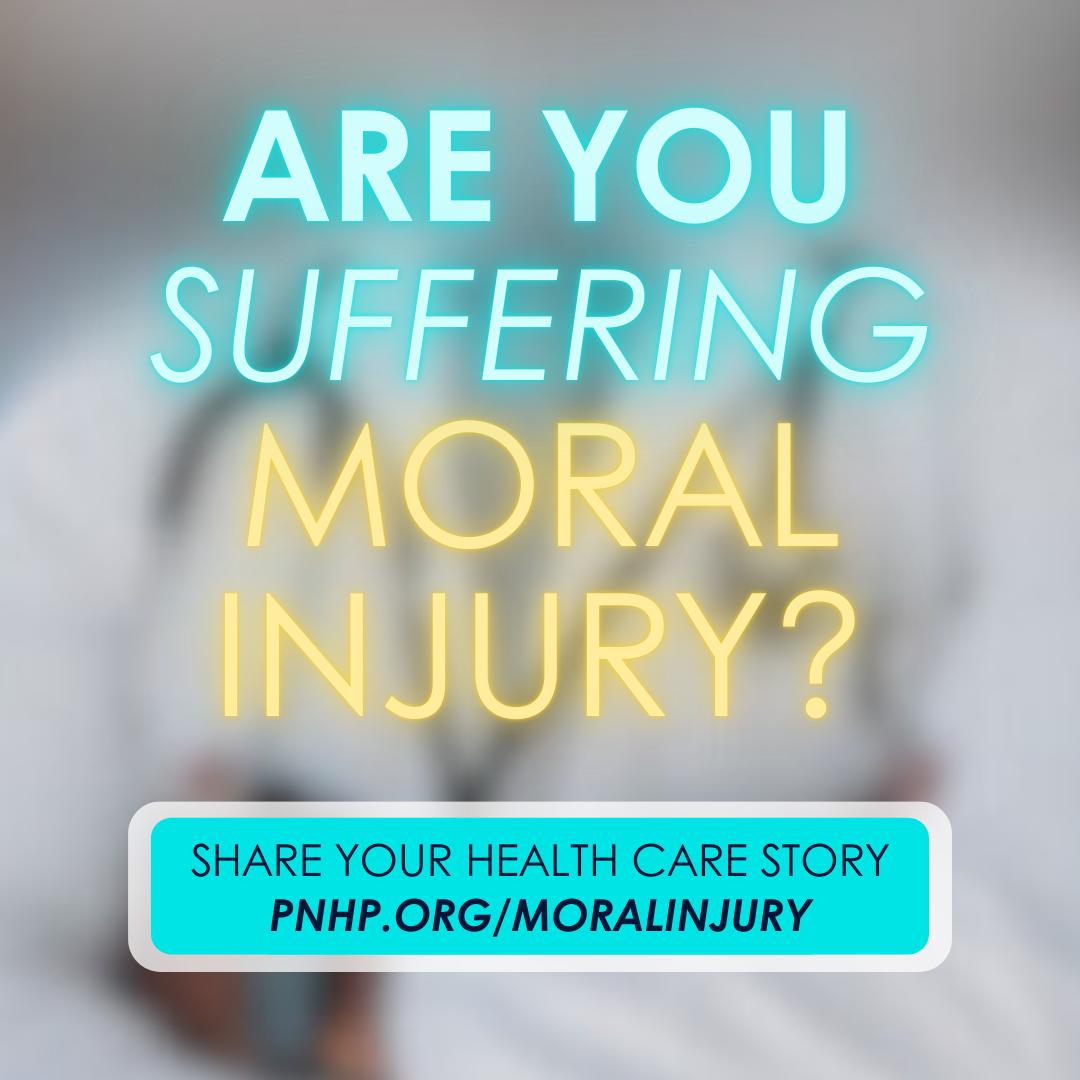By Amita Parashar
Kaiser Health News
December 20, 2010
McKinsey and Co., an international consulting company, estimates the number of people residually uninsured will be as high as 40 million in 2016. Dr. Robert Kocher, director of the firm’s Center for U.S. Health System Reform and a former special assistant to President Barack Obama on health care, recently spoke with Kaiser Health News’ Amita Parashar about the center’s estimates and who might not get insured as the health law takes effect.
Q. How did you come up with the figure that 30 million to 40 million people might remain uninsured after the individual mandate kicks in?
A. We built a simulation that allows us to model each county in the country. The model looks at businesses and individuals, coverage flows and changes over time. The model factors in health conditions, incomes, age and can allow one to make forecasts. … It is difficult to predict how big the residually uninsured market will be since it depends on many factors — how effective the individual mandate proves to be, how well auto-enrollment works [a provision of the law that will require large employers to enroll employees in a health plan, unless workers choose to opt-out], and how effectively exchanges and Medicaid programs work to enroll people. Depending on what you believe about these factors leads you to a large range for how many people will be residually uninsured. In some scenarios, that pool may be as large as 30 to 40 million people.
Q. Who are the residually uninsured?
A. There will always be a residual pool of uninsured that includes the following populations: undocumented [foreigners], people between jobs, those who may lose coverage from either changes in income [or from] rolling off of Medicaid. Also, the [people whose employer-based coverage] was dropped but who haven’t yet purchased insurance; those eligible and not enrolled in Medicaid; and those [who have not enrolled in insurance] by choice.
Q. Who do you think will choose to pay the penalty instead of getting insurance?
A. I’m not sure how big that population will be, but I think it’s conceivable that there will be people who are offered employer-sponsored insurance and choose not to take it when they don’t have an alternative and are above the income levels that would allow them to get other options. Naturally, there is going to be turnover, too, as people change jobs or move across state lines. There will be gaps in coverage that will hopefully be easier to remedy than they are today. But there will certainly be people who are in transit in the system, too. And there are some people that ideologically may choose not to get coverage, or to self-insure. While I think that’s going to be a relatively small population, I expect that there will be some that make that choice.
http://www.kaiserhealthnews.org/Checking-In-With/kocher.aspx
Comment:
By Don McCanne, MD
McKinsey and Co. estimates that as many as 30 to 40 million people will still be uninsured after the new health care law goes into affect. Telling people to do something they can’t do – buying subsidized health insurance that they still can’t pay for – will never succeed as a policy to eliminate the uninsured.
Enrollment needs to be automatic for everyone, with an automatic, equitable system of funding that makes it affordable for all – progressive taxes. That’s not such a difficult concept. I’ll bet you could easily solve it right now: an improved (fill in the blank) for all.
